This Gluten Free Flour Conversion Chart helps you quickly change cup measurements into grams. I've had a page like this taped to the inside of my pantry door for years. Thanks to Phyllis who asked for the weight of my everyday gluten free flour blend, I finally put all the measurements into this table. And I'm slowly adding weight measurements to my recipes too.
When you're making bagels, pasta or pizza dough gluten free cooks know that precise measurements are important for success.
Jump to:
Why Should I Weigh Gluten Free Flour
Weighing flour is a more accurate measurement compared to measuring with cups. For everyday recipes, like muffins and pancakes, cup measurements work just fine. When you're making yeast bread recipes and flour blends, measuring in grams is a must.
Here are some specific examples of when I use weight measurements.
- For all yeast breads like this crusty loaf, bagels, pasta, pizza dough and more.
- If I’m making a special occasion recipe, like my once-a-year Angel Food Cake, the best results are going to be from a recipe using flour measured by weight.
- For a new recipe I've never tried but I want to turn out the first time. I made the Red Velvet Cake pictured below for my son’s birthday. I know serious gluten free bakers will have measurements given by weight and I wasn't disappointed. (Thanks to the Bojon Gourmet for this recipe.)
- To make a new flour blend to keep experimenting is search of the best flour blend for a specific recipe I'm trying to create or improve.
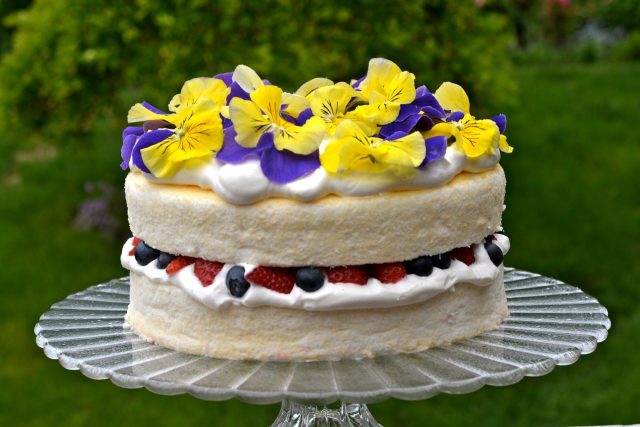

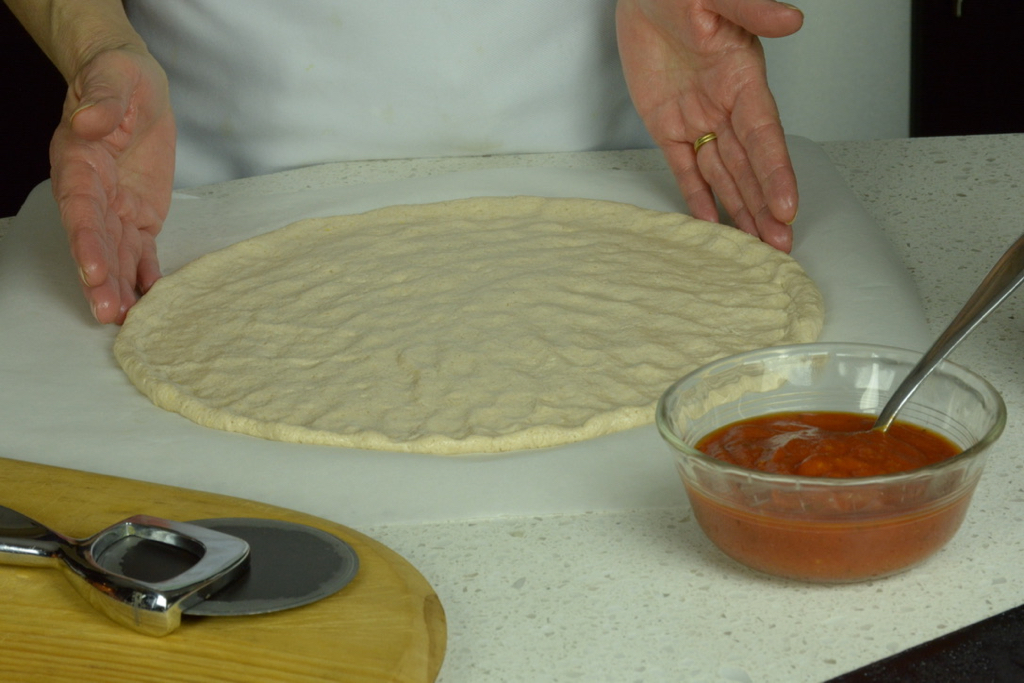
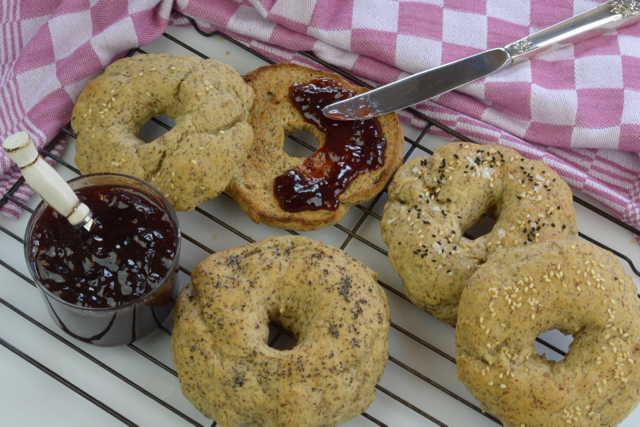
Weighing Flour Is More Efficient
I originally made this gluten free flour conversion chart to be more efficient. I love efficiency! By changing the cup measurements into grams I can quickly weigh all the flour for a recipe into a single bowl. This avoids dipping and swiping the 1 cup measure, then the ½ cup measure and then the ¼ cup measure, just for a single recipe. When you do this for multiple recipes it starts to feel tedious.
Once a month I sell cookie dough in Calgary so I can make four or six batches of each cookie dough. When you're baking quantity, weighing flour is much easier than using cup measurements.
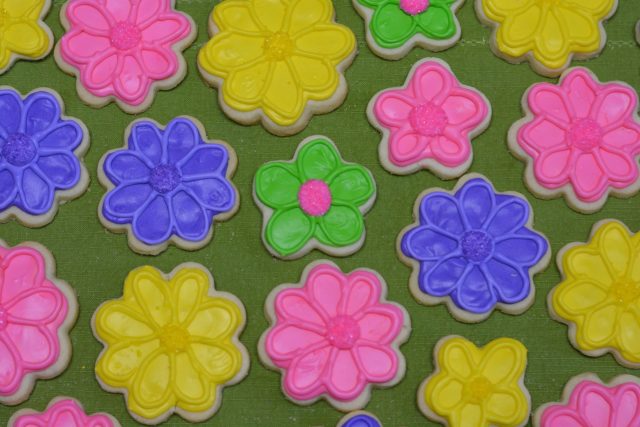
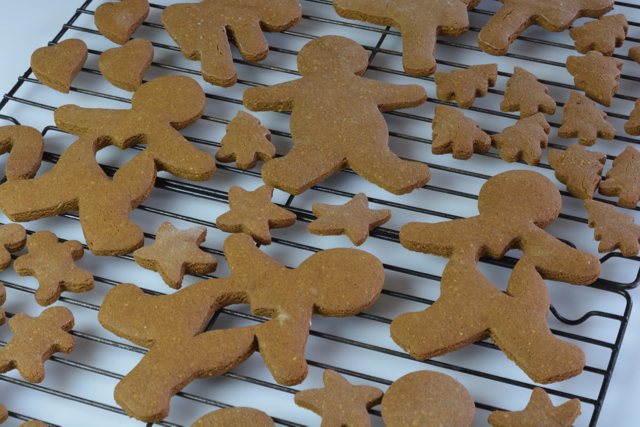
How To Use the Gluten Free Flour Conversion Chart
This chart is set up the way I think. If a recipe calls for 1⅓ cups of flour I look at the chart and add the two numbers in my head. That's why I included the weight for six different amounts of each flour, right down to a single tablespoon.
Coloured rows helps when visually doing the calculation. Feel free to add what you need in the blank lines or let me know if you think this conversion chart needs something else.
PRINT the Gluten Free Flour Conversion Chart
Get The Tools
Gluten free cooks know that having a good set-up for many kitchen tasks is half the battle. Here are some of the tools I recommend to get started. You'll find a more detailed descriptions for organizing some flours in this post, EGFG Gluten Free Flour Blend.
- A printer and some tape to post this table somewhere handy. If you're the person with a laminator lucky you and your friends!
- Digital kitchen scale is essential for accurate measuring and consistent results. Buy one with a flat surface that can hold any container and has an easy to read display.
- Small plastic bowls – Light weight bowls are interchangeable and easily hold 300 grams of flour.
- Mesh strainer for that clumpy potato starch. My strainer fits easily over my large flour container and I use it to ensure there are no lumps in my blend.
- Wire whisks with plastic handles come in many sizes, are comfortable to hold and essential for gluten free baking. Buy a few!
Watch How To Make A Gluten Free Flour Blend
More Help for Gluten Free Bakers
- With a good set-up I can make my EGFG Gluten Free Flour Blend in less than 5 minutes!
- My Cookie Flour Blend is the second recipe I needed when I was converting old holiday cookie recipes to gluten free. This one I keep in the freezer.
- Gluten Free Baking By Weight
- Print my Downloadable Gluten Free Flour Guide if you're still swapping out ingredients and trying to make your recipes taste normal (not gluten free).
- This table of 11 Gluten Free Flour Recipes simply demonstrates the many ways gluten free cooks combine flours and starches. In my cooking classes people tell me this is helpful for them to see how they can substitute and accommodate for the dietary restrictions they're working with.
Happy baking!
__________________________________________________________________________
New here? Overwhelmed or frustrated? Get started with these 29 Tips about GF flour and get cooking. I can help you learn to cook gluten free food everyone wants to eat, and have fun doing it.
🎉 Exciting news! Adventures in a Gluten Free Kitchen, a membership for gluten free cooks, is coming soon. Click to learn more and join the waitlist!
_________________________________________________________________________

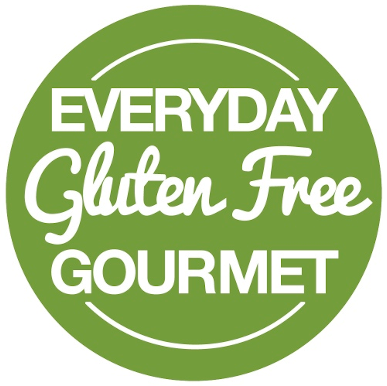
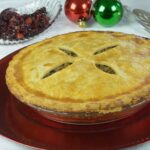
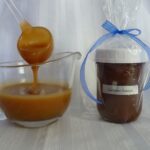

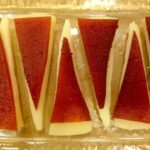
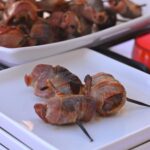
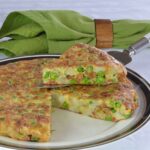
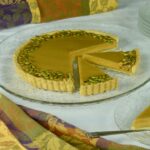
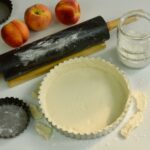
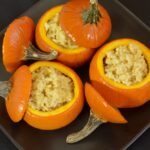
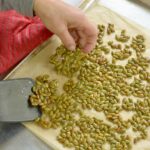
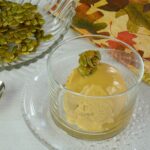
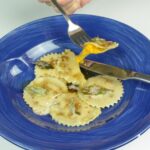
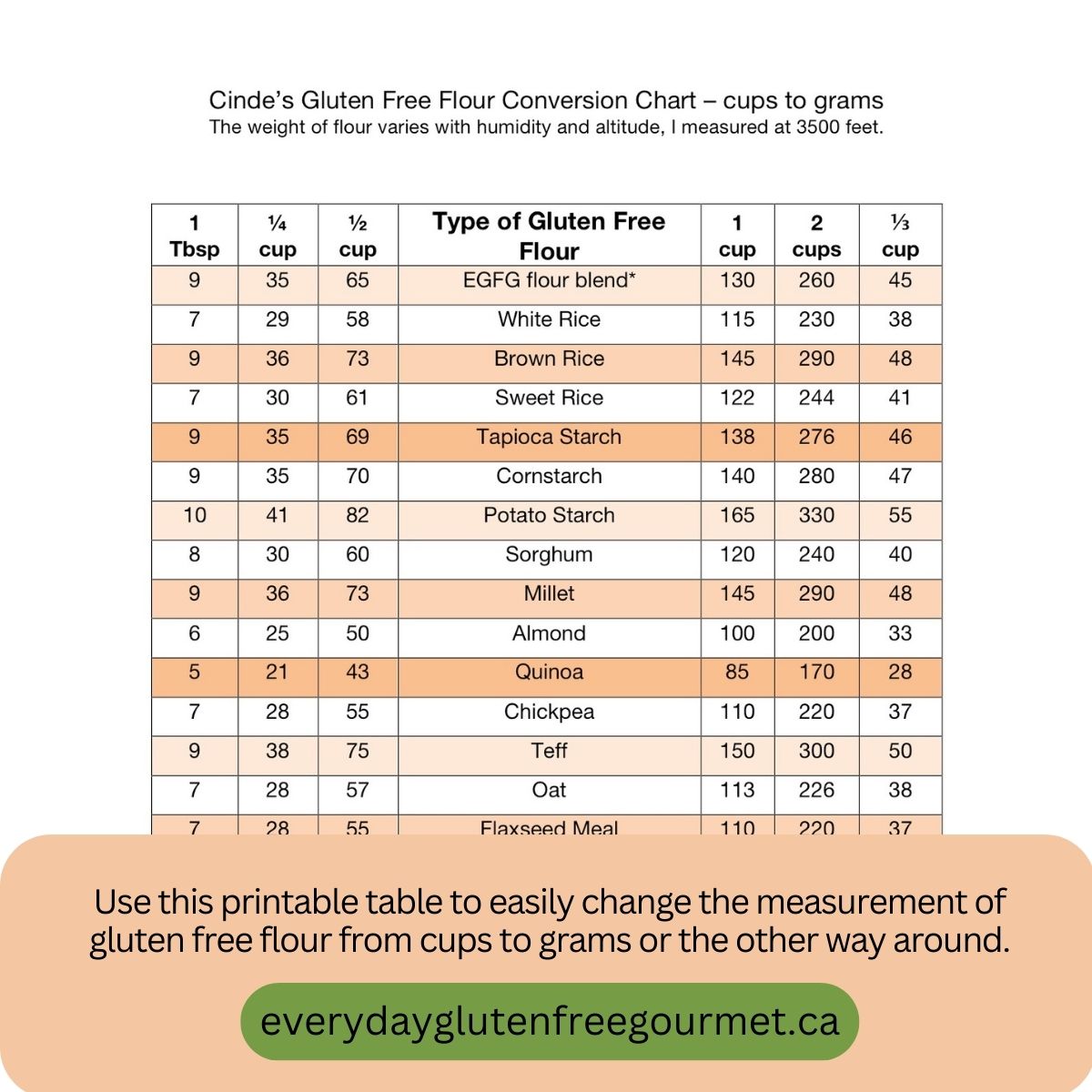

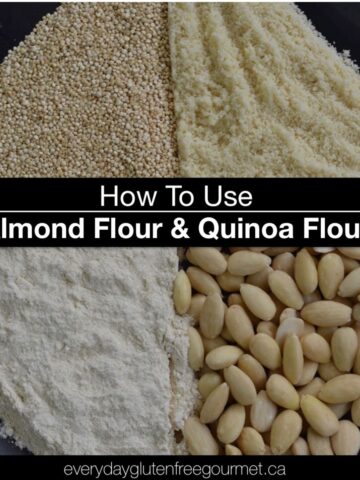
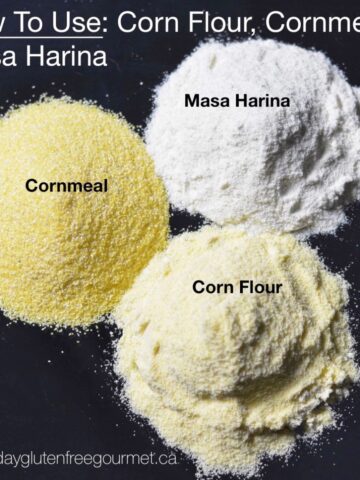

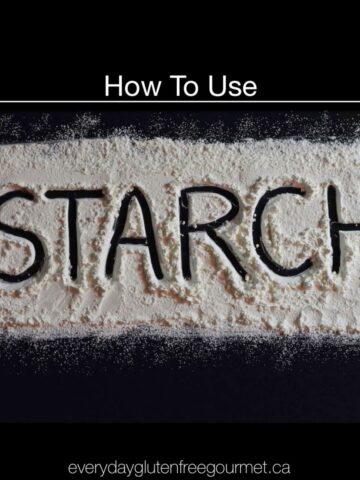

Felicia
I absolutely LOVE this chart and use it constantly. I wish it were in editable form because I stink at making excel docs. LOL
Things I added thus far: Buckwheat, Bob's Red Mill GF 1:1, Cassava, Arrowroot, Amaranth, Coconut flour, Cocoa, Sugar (castor, brown, & powdered)
Cinde Little
I'm thrilled to hear this Felicia, thanks for letting me know. I will send you an editable version! Mine needs a lot of updates too so this is good timing.
Aimie levine
if my gf four already includes baking soda and baking flour but my family recipe calls for baking powder do I just skip the baking powder in my recipe ? how do I know there's not to much or to little when it's already added in ?
Cinde Little
Hi Aimie, there are a few things to figure out. Check the package and make sure your baking flour is not a ready-made mix. If it is a mix then you would only use it to make the recipe on the package. Gluten free flour blends are always a combination of flours and starches. The only ingredient that is sometimes added is xanthan gum, a binder that helps create structure in gluten free baking. If your gf flour does contain baking soda there is no way of knowing how much it has. If you're using a family recipe that hasn't had adjustments for the properties of gluten free flour here is a tip for you. Many gf recipes use 2 leaveners (like baking soda and baking powder) to help lighten your baking. For your first experiment I'd say add the baking powder and then see how it turns out. Making notes is always a good idea so you can learn each time you bake. Happy baking!
André Fontaine
Hi, i appreciate the effort, it is something i have been doing for years.
2 things:
1. What is your cup size in ml?
2. Perhaps you should review some numbers.... brown rice flour is lighter than white rice for same volume and same ground.
Thank you 🙂
Cinde Little
Hi André! Thanks for your questions. I should start by saying that grams and cups aren't really interchangeable units. Liquid measuring cups and most recipes use 250 ml for a cup, 237 ml would be more accurate. Dry measuring cups are similar; some say 240 ml or 250 ml and many don't include a measurement in ml. I have all three kinds. Q1 - I measured the flour in a 240 ml cup 3 times and took the average weight. Then I repeated that method in a 120 ml half cup and again took the average then multiplied by 2. I've done that dozens of times over many years. I hope that answers your first question. Q2 - We know the weight of flour will be different depending on the humidity and altitude where you live plus the specific brand of flour you buy. I confirmed the weights in my table for white rice flour (Erawan brand) and brown rice flour (Bob's Red Mill) are correct. Feel free to make any adjustments in my printable table for the weights you get. If you want the blank table I can post that too, let me know.
Lastly, for anyone else reading this I'll point out that we commonly use the conversion of 1 oz = 28 ml. This shows you how much more precise measuring by grams is so as long as you're able to bake wonderful food in your kitchen you don't need to worry about this level of detail. Happy baking!